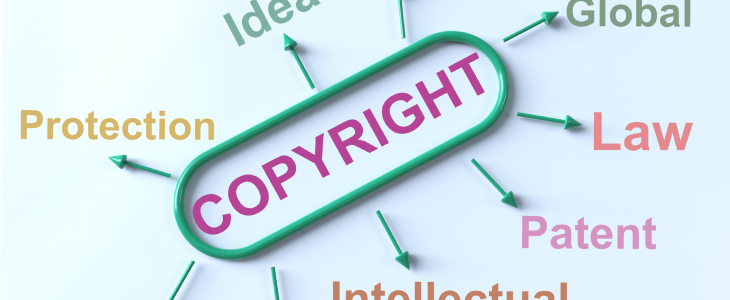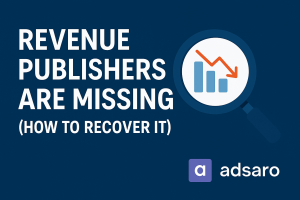In today’s fast-paced digital advertising world, protecting your brand from copyright and trademark issues is more critical than ever. With the rise of online campaigns, social media ads, and influencer partnerships, it has become easier than ever to inadvertently infringe on intellectual property rights. From using unlicensed images to misusing a competitor’s trademark, these legal pitfalls can not only damage your brand’s reputation but also lead to costly legal battles. In this blog, we’ll dive deep into the copyright and trademark issues in digital advertising and provide essential tips on how to protect your content, stay compliant, and avoid potential legal risks.
Understanding Copyright in Digital Advertising

Copyright refers to the legal right that creators have over their original works, including text, images, videos, and other forms of content. In the context of digital advertising, this can include everything from the images used in display ads to the music in video ads. Failing to respect copyright laws can result in infringement, which can lead to costly legal disputes. For instance, if you use an image without proper licensing, you could be violating copyright laws outlined in the Digital Millennium Copyright Act (DMCA).
One of the most common copyright issues in digital advertising arises when advertisers use content without permission. Whether it’s a stock photo, music clip, or video, using unlicensed content can put your brand at risk of legal action. For example, using unlicensed stock images from platforms like Getty Images or Adobe Stock without securing the proper license can result in legal consequences. To avoid this, always ensure that you have the proper license, whether through services like Shutterstock or through platforms like Creative Commons, which offer legal content for use in commercial projects.
Additionally, user-generated content (UGC) is a growing trend in digital ads, but it presents its own set of challenges. Brands often use social media posts or customer reviews in their campaigns without understanding the copyright implications. Always obtain explicit permission from the content creator before using UGC in your advertisements.
Trademark Issues in Digital Advertising

Trademarks are symbols, words, or other identifiers that distinguish a brand or product. In digital advertising, using trademarks without authorization can result in trademark infringement. This can occur when a brand uses a competitor’s logo, slogan, or name in a way that might cause consumer confusion or imply an association that doesn’t exist.
One significant trademark issue in digital advertising is keyword advertising, where brands bid on competitors’ trademarked keywords in search engine ads. While this tactic is legal in many regions, it can lead to legal disputes if the ad misleads consumers or dilutes the competitor’s brand. Always consult with a legal expert before implementing such strategies to ensure that you’re not infringing on any trademarks.
Another area of concern is ad placement. Displaying ads alongside content that infringes on a trademark or content that is misleading can also result in legal problems. For instance, if you’re running ads on a website with unlicensed content, you could be indirectly contributing to trademark infringement. Always monitor the context in which your ads appear to avoid associating your brand with unauthorized or counterfeit products.
Protecting Your Brand in Digital Ads

To protect your brand and avoid copyright and trademark issues in digital advertising, here are some best practices to follow:
Consult Legal Experts:
Digital advertising laws are complex, and staying compliant can be challenging. Having legal experts review your campaigns ensures that you’re following copyright and trademark rules.
Secure Proper Licenses:
Always ensure you have the necessary rights or licenses for any content you use in your campaigns. This includes images, videos, and music. When in doubt, consult a legal expert.
Avoid Keyword Bidding on Competitors’ Trademarks:
While this can be a tempting tactic, it’s essential to tread carefully. If you’re bidding on competitor keywords, ensure your ads are transparent and do not mislead consumers.
Monitor User-Generated Content:
If you’re using UGC in your ads, always obtain permission from the content creator. This not only prevents copyright infringement but also helps foster positive relationships with your audience.
Ad Placement:
Ensure that your ads are placed on reputable websites and platforms. Associating your brand with low-quality or infringing content can harm your reputation and lead to legal issues.
Conclusion:
Navigating copyright and trademark issues in digital advertising can be complex, but by staying informed and taking proactive steps, you can protect both your brand and your creative assets. Securing proper licenses, avoiding misleading keyword tactics, and respecting intellectual property rights are just a few ways to safeguard your business from legal trouble. As digital advertising continues to evolve, it’s essential to prioritize legal compliance to ensure your campaigns are not only effective but also ethically sound. By doing so, you’ll build a trustworthy, legally compliant advertising strategy that strengthens your brand and helps you avoid unnecessary legal risks.








Leave a Reply